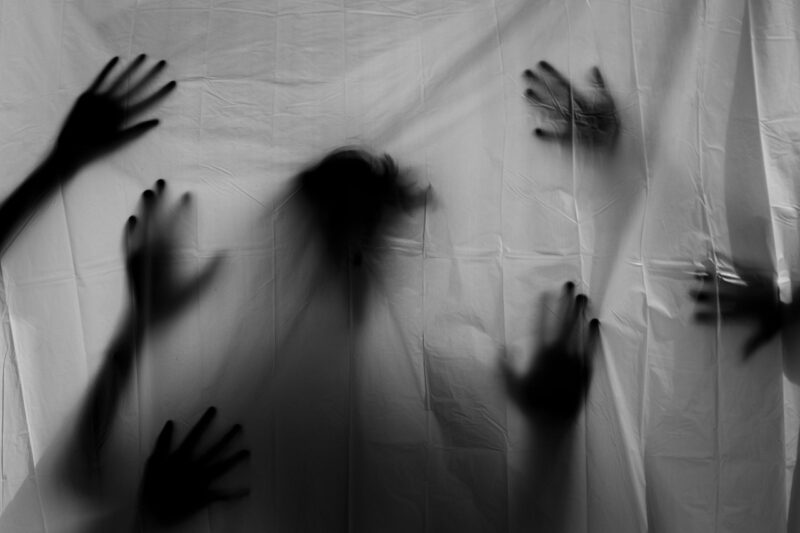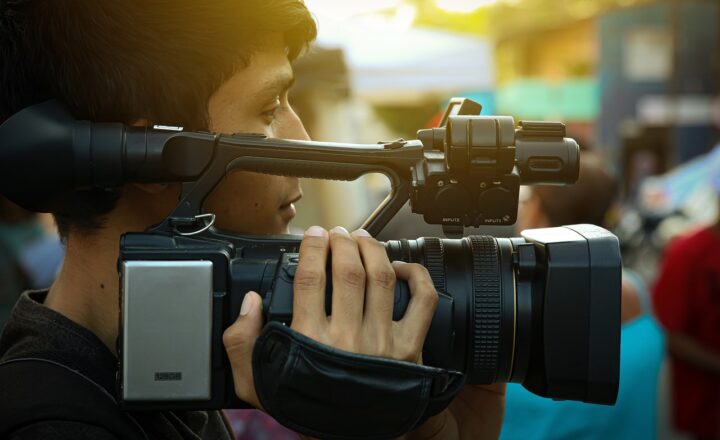The Role of Cinematography in Creating Iconic Horror Movie Moments
November 17, 2024

Horror movies have a unique ability to elicit powerful emotions and reactions from audiences, often leaving a lasting impact on viewers long after the credits roll. One key element that contributes to this visceral experience is cinematography. Through the strategic use of lighting, camera angles, shot composition, and movement, cinematographers craft scenes that not only tell a story but also evoke fear, suspense, and dread. In this article, we will delve into the pivotal role cinematography plays in horror films, exploring iconic moments that have defined the genre and the techniques behind them.
1. The Foundations of Horror Cinematography
Cinematography in horror films is distinct from other genres due to its focus on the psychological impact of visuals. While traditional cinematography techniques contribute to storytelling in all genres, horror relies heavily on creating feelings of tension and fear. This specialized approach can involve:
- Lighting Techniques: The use of low-key lighting, shadows, and color palettes is crucial in establishing an unsettling atmosphere. Dark scenes can mask threats, leaving viewers in suspense about what lurks in the shadows.
- Camera Angles and Movement: Unconventional angles, such as high or low shots, can distort viewer perspective, inducing feelings of unease. Sudden camera movements can heighten jump scares and moments of tension.
- Composition and Framing: The arrangement of elements within each shot is essential for directing audience attention and building suspense. Isolating characters in the frame can enhance feelings of fear and vulnerability.
By effectively leveraging these techniques, cinematographers can guide viewers’ emotions, leaving them on the edge of their seats.
2. Iconic Horror Cinematic Techniques
Let’s take a closer look at some of the techniques that have been employed in popular horror films to create unforgettable moments.
A. The Use of Shadows in “Nosferatu” (1922)
F.W. Murnau’s “Nosferatu” is considered one of the earliest examples of a horror film that effectively utilized shadows to enhance the chilling experience. The iconic image of Count Orlok climbing the stairs is both haunting and mesmerizing. The elongated shadows not only depict Orlok’s sinister presence but also evoke an innate fear of the unknown.
B. The Dutch Angle in “The Exorcist” (1973)
William Friedkin’s “The Exorcist” remains a landmark horror film, and the use of Dutch angles contributes significantly to its unsettling atmosphere. This technique, characterized by a tilted camera angle, evokes a feeling of disorientation and unease. Particularly, the scene featuring Regan’s transformation is intensified by the skewed perspectives that visually represent her internal turmoil and the demonic influence.
C. Fluid Camera Movement in “The Shining” (1980)
Stanley Kubrick’s “The Shining” is known for its meticulous cinematography. The tracking shots throughout the Overlook Hotel create a haunting quality as the camera glides through the halls, following Danny on his tricycle. This fluid movement generates a sense of unease, subtly foreshadowing impending doom while immersing the audience in the chilling atmosphere of the hotel.
3. Emotional Manipulation through Close-Ups
Close-up shots are particularly effective in horror cinema, allowing the audience to connect intimately with characters’ emotions. By showcasing fear, vulnerability, or desperation, these shots evoke empathy and fear simultaneously.
A. The Power of the Close-Up in “Psycho” (1960)
In Alfred Hitchcock’s “Psycho,” the close-ups of Marion Crane’s face during the iconic shower scene amplify her terror. The camera’s lingering focus on her eyes as the knife descends creates an unforgettable moment of tension, pulling viewers into her horror.
B. Character Reactions in “Get Out” (2017)
Jordan Peele’s “Get Out” utilizes close-ups effectively to capture the raw emotions of its lead character, Chris. One pivotal moment occurs during the dinner party, where close-up shots of Chris’s expressions reveal his growing apprehension and horror amidst the seemingly pleasant interactions around him. This not only engages the audience but also immerses them in the psychological tension of the narrative.
4. Symbols and Color in Horror Cinematography
Color can convey mood and foreshadow events in horror cinema, often serving as a symbolic representation of themes or emotions. Notably, certain colors can evoke fear or unease through their common associations.
A. The Color Red in “Hereditary” (2018)
Ari Aster’s “Hereditary” employs a muted color palette with splashes of deep red that mirror the underlying themes of family trauma and loss. The use of red signifies danger and foreshadows the harrowing events to unfold, creating a visual representation of the film’s chaotic emotional landscape.
B. The Blue Hue in “The Witch” (2015)
Robert Eggers’ “The Witch” utilizes a cold blue hue to enhance the film’s eerie atmosphere. The chilling color enhances the feelings of isolation and paranoia, making each character’s descent into madness all the more unsettling for the audience.
5. Conclusion: The Unseen Artistry of Horror Cinematography
Cinematography in horror films is a powerful tool that not only enhances storytelling but also amplifies the emotional experience of the viewer. Through effective use of lighting, camera angles, shot composition, and color, cinematographers can instill fear and dread in audiences worldwide.
As we reflect upon the most iconic horror moments in cinema history, it becomes apparent that cinematography is the unseen artistry that shapes not only how we view these films but also how we feel about them. Ultimately, it’s a reminder that in the horror genre, what we see—and what we do not see—can be just as terrifying as the monsters on screen.








